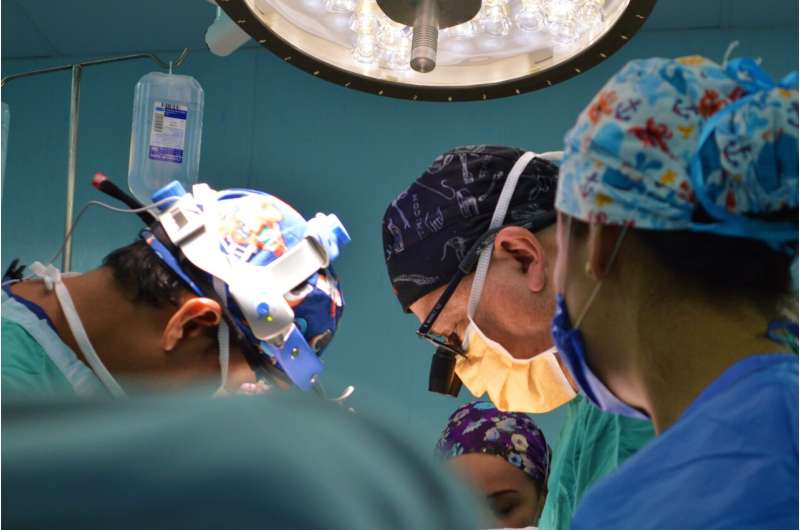Innovative Flexible Ultrasonic Receiver Boosts Wireless Power Transfer for Medical Implants

As the demand for reliable power sources in underwater and implantable medical devices continues to rise, researchers are exploring more effective wireless energy transfer methods. Traditional techniques like electromagnetic induction and radiofrequency charging face limitations such as short transmission distances, reduced efficiency in biological tissues, and electromagnetic interference issues. To mitigate these challenges, ultrasound-based wireless power transfer is gaining attention due to its biocompatibility and deep tissue penetration.
A groundbreaking development by a team led by Dr. Sunghoon Hur at the Korea Institute of Science and Technology (KIST) and Professor Hyun-Cheol Song of Korea University introduces a biocompatible ultrasonic receiver capable of maintaining high performance even when bent or deformed. Their innovative design, published in Advanced Materials, leverages high-efficiency piezoelectric materials and unique structural engineering to significantly enhance power conversion efficiency.
This stretchable ultrasonic receiver conforms closely to the body's contours, enabling stable wireless power transmission. It can deliver approximately 20 milliwatts (mW) at a distance of 3 centimeters underwater and about 7 mW across 3 centimeters of skin, sufficient to power low-energy wearable and implantable medical devices such as pacemakers and neurostimulators. The design also demonstrates the potential for long-term underwater and tissue-based energy supply, which could extend to marine sensors and underwater drones.
The team successfully demonstrated wireless charging of batteries via ultrasonic waves, marking a key step toward commercial applications. They achieved this by optimizing the piezoelectric material and structural design to dramatically improve power transfer efficiency compared to existing ultrasonic receivers.
According to Dr. Hur, this research paves the way for practical ultrasonic wireless power transmission, promising safer, more reliable energy delivery for medical implants and wearable electronics. Future efforts will focus on miniaturization and commercialization to accelerate real-world deployment.
This advancement not only holds promise for healthcare technology but also for underwater electronics, offering a sustainable and efficient power solution that bypasses the limitations of traditional wireless charging methods. The research underscores an exciting leap toward safer, more effective wireless power systems for a wide range of biomedical and marine applications.
Stay Updated with Mia's Feed
Get the latest health & wellness insights delivered straight to your inbox.
Related Articles
Innovative AI Model Enhances Detection of Cancer Cell Signs
A new AI model by the Chan Zuckerberg Initiative, GREmLN, advances early detection of cancer by analyzing cellular gene networks, promising breakthroughs in diagnosis and treatment. | source: https://medicalxpress.com/news/2025-07-ai-scientists-cancer-cells.html
Decline in Safe Sleep Practices During and After Infant Illness
Caregivers' adherence to safe sleep practices for infants decreases during illness episodes and remains low afterward, highlighting the need for targeted education and interventions.
Innovative Oral Delivery System Could Replace Injections for Protein-Based Drugs
A novel oral delivery system developed by the University of Bath could enable protein-based medications to be taken as pills, replacing painful injections and improving patient compliance.



